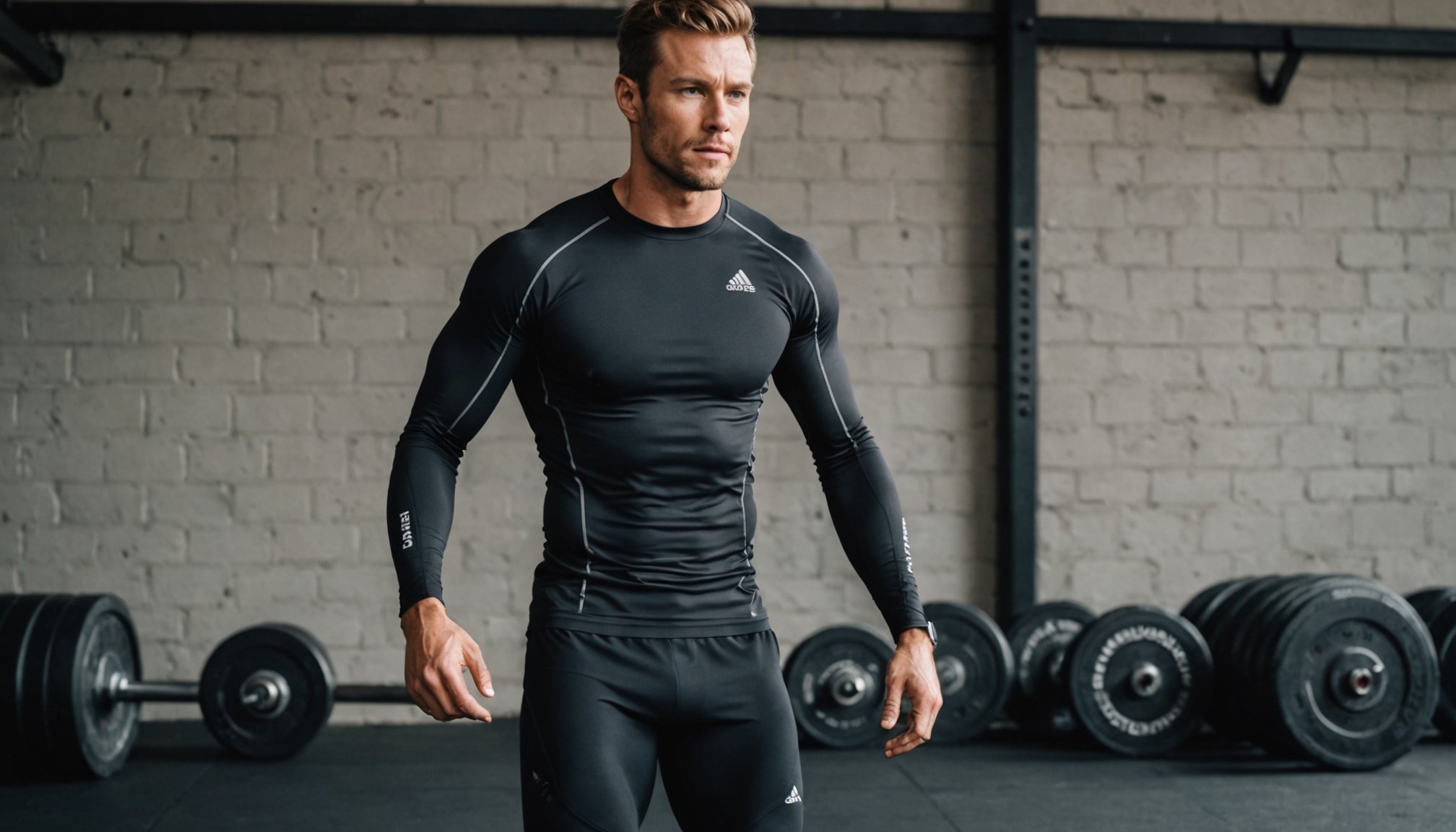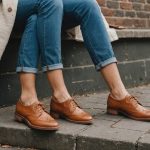The Essential Handbook for Selecting Perfect Compression Gear for Enhanced Post-Workout Recovery
When it comes to optimizing your workout routine, recovery is just as crucial as the exercise itself. One of the most effective tools in your recovery arsenal can be compression gear, but with so many options available, choosing the right one can be overwhelming. Here’s a comprehensive guide to help you select the perfect compression gear for enhanced post-workout recovery.
Understanding Compression Gear and Its Benefits
Compression gear, including compression tights, pants, boots, and sleeves, is designed to improve blood flow and reduce muscle soreness. The science behind it is based on the principle of graduated compression, which applies the most pressure at the extremities and gradually decreases as it moves up the limb[3].
Improved Blood Circulation
The primary benefit of compression gear is its ability to enhance blood circulation. By applying gentle pressure, these garments stimulate venous return, preventing blood from pooling in the lower legs. This improved circulation ensures that oxygen and nutrients are delivered efficiently to the muscles, reducing pain and aiding in muscle repair[1].
Reduced Muscle Soreness
Compression gear has been scientifically shown to reduce delayed onset muscle soreness (DOMS), a common issue after intense physical activity. For example, a study published in the Journal of Exercise Rehabilitation found that wearing compression tights led to less muscle soreness and a lower risk of swelling and inflammation[1].
Also to discover : Unleash the Power of Color Psychology: Boost Your Mood with Smart Fashion Choices!
Enhanced Performance and Recovery
Wearing compression gear can also improve your performance during exercise. By providing additional support to the muscles and joints, it delays fatigue and reduces the impact of exercise on the body. This is particularly beneficial for athletes engaged in endurance sports, as it helps clear metabolic by-products like lactic acid, delaying muscle fatigue[2].
Types of Compression Gear: What to Choose?
The market offers a variety of compression gear, each with its unique benefits and uses. Here’s a breakdown of the most common types:
Compression Tights and Pants
- Benefits: Improve blood flow, reduce muscle soreness, and provide support to the muscles and joints.
- Best For: Everyday wear, athletic activities, and post-workout recovery.
- Tips: Wear them for at least four hours after a workout to maximize recovery benefits. Choose stylish and seamless designs for everyday use[1].
Compression Boots
- Benefits: Enhance blood flow, reduce muscle soreness, and promote lymphatic drainage.
- Best For: Post-workout recovery, especially after high-intensity workouts. They are also beneficial for individuals recovering from injuries or surgeries.
- Tips: Use them for 20-30 minutes after a workout. They can be integrated into rehabilitation programs and are ideal for activities like running, cycling, or swimming[2][4].
Compression Sleeves and Stockings
- Benefits: Improve circulation, reduce swelling, and provide support to specific areas like the calves or arms.
- Best For: Targeted support during and after exercise. They are also useful for individuals with poor circulation.
- Tips: Choose the right size to ensure proper fit and comfort. Graduated compression is key to their effectiveness[3].
How to Choose the Right Compression Gear
Selecting the perfect compression gear involves several factors. Here are some key considerations:
Fit and Comfort
- Ensure the gear fits well and feels comfortable. Proper fit is crucial for getting the most benefit.
- “Recovery shoes should have enough room for your toes to move freely and compression socks should feel snug but not too tight,” advises Dr. Travis Jensen, a podiatrist with Banner Health[4].
Pressure Levels
- Compression gear comes in various pressure levels, measured in mmHg. Start with lower pressures and adjust as needed.
- “Make sure if you’re new to using compression boots you start with the lowest setting first with short periods of time,” recommends Ebenezer Samuel, Men’s Health Fitness Director[5].
Activity Type
- Choose gear based on your specific activity. For example, compression boots are best for high-intensity workouts, while compression tights are versatile for both athletic and everyday wear.
Practical Tips for Maximizing Recovery Benefits
Here are some practical tips to help you get the most out of your compression gear:
When to Wear Compression Gear
- Pre-Workout: Wearing compression gear before exercise can improve flexibility and reduce muscle tightness.
- Post-Workout: This is when compression gear truly shines. Wear it for at least 20-30 minutes after a workout to reduce muscle soreness and enhance recovery[2][4].
How Long to Wear Compression Gear
- Compression Tights: Wear them for at least four hours after a workout to maximize recovery benefits.
- Compression Boots: Use them for 20-30 minutes after a workout. You can also wear them during rest periods between sets for improved recovery during active rest[1][2].
Combining with Other Recovery Methods
- Ice Baths: Combine compression gear with ice baths for enhanced recovery. The cold therapy along with improved circulation can significantly reduce muscle soreness.
- Stretching: Wear compression gear while stretching to enhance the benefits of stretching and improve muscle flexibility.
Real-Life Examples and Anecdotes
Many athletes and fitness enthusiasts swear by compression gear for their recovery routines. Here are a few examples:
Professional Athletes
- Professional runners often wear compression tights during and after their runs to reduce muscle soreness and improve recovery. For instance, a study at Victoria University, Australia, found that full-length compression tights improved circulation and recovery when worn for at least four hours after a workout[1].
Everyday Fitness Enthusiasts
- For those who are not professional athletes but still engage in regular physical activity, compression gear can be a game-changer. “Incorporating compression boots into my post-run regime has forced me to take time for myself and also allowed me to enjoy watching some sports while reaping the benefits of the increased blood flow to my legs,” says a fitness enthusiast who has included compression boots in his recovery routine[5].
Scientific Support and Meta Analysis
While there is some conflicting evidence regarding the long-term benefits of compression gear, the short-term relief it provides is well-documented.
Studies and Findings
- A study in Sports Medicine found that pneumatic compression significantly reduced muscle soreness and inflammation post-exercise. Participants who used compression therapy reported quicker recovery times and less muscle stiffness compared to those who did not[2].
- A meta-analysis on the effects of compression clothing on exercise performance and recovery concluded that compression garments can improve exercise-induced muscle damage and reduce muscle soreness, although the evidence is not yet conclusive for long-term benefits[5].
Table: Comparing Different Types of Compression Gear
| Type of Gear | Benefits | Best For | Pressure Levels | Wear Time |
|---|---|---|---|---|
| Compression Tights | Improved blood flow, reduced muscle soreness, support to muscles and joints | Everyday wear, athletic activities, post-workout recovery | 15-20 mmHg | At least 4 hours post-workout |
| Compression Boots | Enhanced blood flow, reduced muscle soreness, lymphatic drainage | Post-workout recovery, high-intensity workouts, rehabilitation | 20-30 mmHg | 20-30 minutes post-workout |
| Compression Sleeves | Improved circulation, reduced swelling, targeted support | Specific areas like calves or arms, poor circulation | 10-20 mmHg | As needed, typically during and after exercise |
| Compression Stockings | Improved circulation, reduced swelling, support | Poor circulation, post-surgery recovery | 10-20 mmHg | As needed, typically during the day |
Choosing the right compression gear can significantly enhance your post-workout recovery, improve your performance, and reduce muscle soreness. By understanding the different types of compression gear, their benefits, and how to use them effectively, you can optimize your recovery routine.
Key Takeaways
- Graduated Compression: Ensure the gear applies graduated compression to improve venous return and blood flow.
- Fit and Comfort: Choose gear that fits well and feels comfortable.
- Activity Type: Select gear based on your specific activity and recovery needs.
- Combination with Other Methods: Combine compression gear with other recovery methods like ice baths and stretching for enhanced benefits.
By following these guidelines and tips, you can make informed decisions when shopping for compression gear, ensuring you get the most out of your investment and enhance your overall fitness journey.
Final Tips for Shopping
When shopping for compression gear, here are some final tips to keep in mind:
Research and Reviews
- Look for reviews from reputable sources and check the scientific support behind the product claims.
- “While several brands offer compression boots for workout recovery, it’s clear to us that Hyperice and Therabody reign supreme,” advises Men’s Health[5].
Brand and Quality
- Choose reputable brands known for their quality and effectiveness.
- “Compression boots were initially designed to treat various medical conditions related to poor circulation and fluid retention,” explains Dr. Renato Sanchez, highlighting the importance of quality and medical-grade compression gear[5].
Consult a Professional
- If you have specific needs or concerns, consult with a healthcare professional or a fitness expert to get personalized recommendations.
By combining these tips with the knowledge from this handbook, you’ll be well on your way to selecting the perfect compression gear for your needs, enhancing your recovery, and improving your overall performance.










